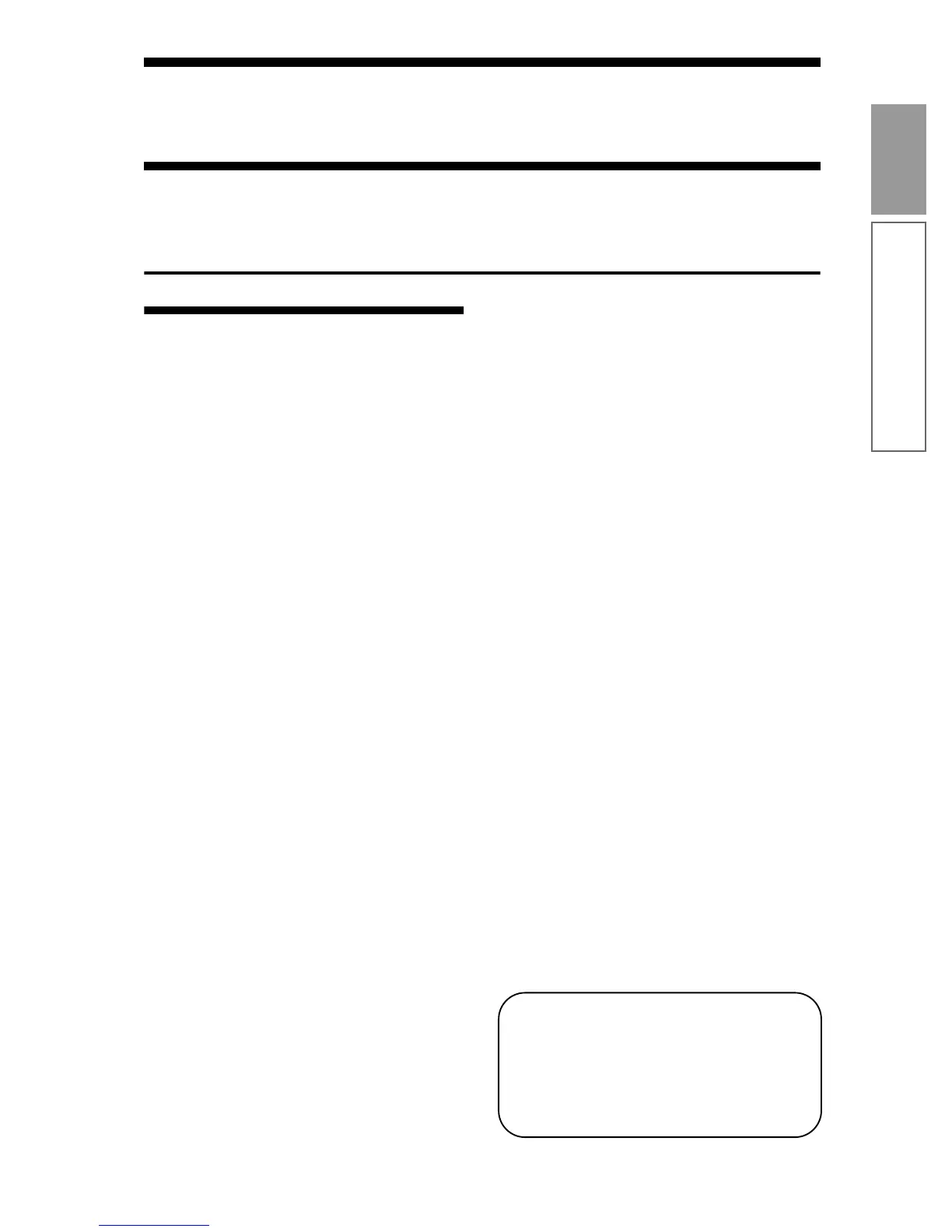1
Introduction
Main features
Introduction
Introducing
Main features
Overview
This instrument is a music workstation featuring a
HI
(Hyper Integrated)
synthesis system tone generator
and
the KARMA function
.
In addition to high-quality multi-samples, programs,
combinations, the KARMA function, and an effect sec-
tion, it also provides a
sequencer
,
song play
, and
RPPR
, (Realtime Pattern Play & Record).
While you perform, you can control realtime changes
to the sound or the phrase/pattern generated by
KARMA by using
a rich array of controllers
such as
joystick, [SW1], [SW2], REALTIME CONTROLS [1]–[4]
knobs, KARMA Realtime Controls knobs and switches,
and connected pedals. (
☞
p.26).
In addition, options such as a
MOSS tone generator
(EBX-MOSS)
, and additional
PCM expansion boards
can be installed to further expand the potential of this
instrument (PG
☞
p.263).
This music workstation instrument is a powerful tool
for music production or live performance.
HI (Hyper Integrated) synthesis system
The
HI (Hyper Integrated) synthesis system
is a PCM
tone generator system with full digital signal process-
ing that guarantees pristine sound, and features enor-
mous flexibility in musical extensibility, modulation,
and effect routing.
Tone generator section:
•
32 Mbytes
of preset PCM ROM contains
425
multisamples and
413
drumsamples.
Separately sold
EXB-PCM series PCM expansion
boards (16 Mbytes PCM ROM)
can be optionally
installed to add more PCM data.
• The sampling frequency is
48 kHz
, and the
maximum polyphony is
62 voices
.
Filter/synthesis section:
•
24 dB/oct Low Pass Resonance type
or
12 dB/oct
Low Pass & High Pass type
filters can be used. A
wide variety of filter effects can be achieved, from
active sounds with aggressive resonance to subtle
tones using a high pass filter.
• A broad range of editing parameters gives you
control over every aspect of the sound.
Effect section:
• Five insertion effects (stereo-in/stereo-out), two
master effects (mono-in/stereo-out), and a three-
band master EQ (stereo-in/stereo-out) can all be
used simultaneously. You can select from 102 types
of effect algorithms, and edit them.
• Highly flexible effect routing is possible. Effects can
also be routed freely to the individual outputs.
Alternate Modulation and Effect Dynamic Modulation:
• The synthesis section (filter etc.) provides Alternate
Modulation functionality, and the effect section
provides Effect Dynamic Modulation
functionality. This allows you to freely apply
modulation to parameters that affect the pitch,
filter, amp, EG, LFO, and effects etc.
• LFO and delay time etc. can be synchronized to
MIDI clock/tempo. You can synchronize sounds or
effects to the tempo of the sequencer or the
KARMA function.
KARMA function (Variable Performance Modeler)
The KARMA function (Variable Performance Mod-
eler) generates MIDI data.
According to the note and chord data that you input,
various parameters of sophisticated algorithms are
used to generate MIDI messages such as notes and con-
trol data, creating musical phrases and patterns. You
can control these parameters to freely modify the
phrases or patterns in realtime.
For example, you can freely control harp glissandi with
dynamic tempo changes, changes in volume and tone
of a brass sound that are synchronized with the phrase,
randomness in a drum phrase, increased or decreased
fill-in, dramatic techno grooves, or changes in tone
color. KARMA lets you generate and control phrases
and patterns with a higher level of musicality and free-
dom than is possible for conventional arpeggiators or
pattern playback functions.
The KARMA function is the heart of Korg’s KARMA
music workstation.
What is KARMA?
KARMA™ (Kay Algorithmic Realtime Music Architecture) is
a patented algorithmic MIDI data generating technology that
takes input notes and controller movements and generates
complex musical phrases and effects. KARMA provides inde-
pendent real-time control over various aspects of a musical
phrase, such as rhythm, duration, accents, chord density, pitch
bending, tonal variation, panning, repeats, randomization, etc.

